The amazing Marine Gondwana Fossil Park and A Geo-Heritage site, Manendragarh
Marine Gondwana Fossil Park located at Manendragarh, Sarguja district, Chattisgarh is a unique exposure of fossiliferous Rocks. The marine Permian rocks of the Talchir Formation belonging to the Gondwana Supergroup of 280 Ma Year old. The formation is exposed for a length of about one km upstream to the confluence of the Hasdeo River and Hasia Nala. The marine fauna is represented by the dominance of pelecypods/ lamellibranchs like Eurydesma and Aviculopecten within the shale, besides Bryozoans, Crinoids, and foraminifers.
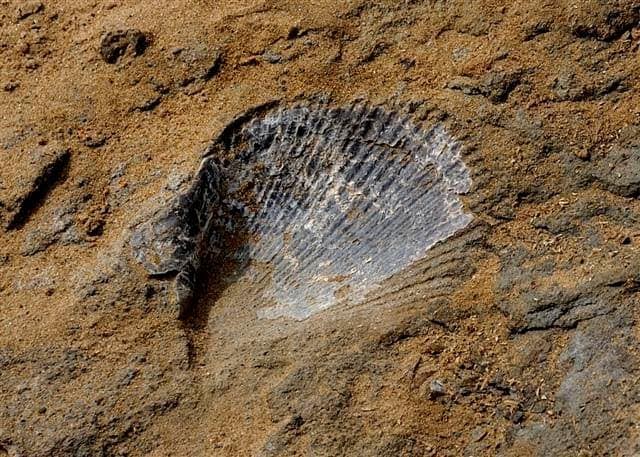
Crinodal stems and bryozoans are numerous in these rocks. The stretch of fossiliferous strata is approximately 1 km. on the upstream of the river Hasdeo and not properly Guarded and is exposed at many places, the fence erected by the forest department is broken and deteriorated.
These fossils were first discovered by forest officials a few years ago. Following this, Birbal Sahni Institute of Palaeobotany, Lucknow, was consulted about it and a team of scientists was sent to the area, who confirmed the presence of marine fossils and suggested that it should be developed as a geo-heritage center.
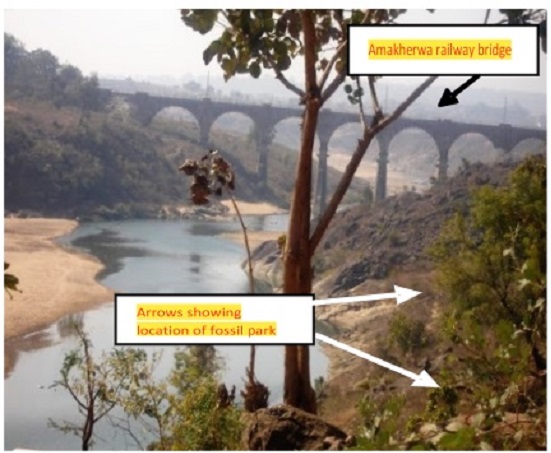
In the year 2014, The department of the forest of the state government has developed the park with the help of the Chattisgarh government in the Amakherwa area in Manendragarh. The proposal to develop a park was aimed to conserve the fossils and the rare and endangered flora and fauna in the area.
Also read- The Geo-Heritage Site of India and world-known Fossils Park-Saketi Fossil park or “Shivalik Fossil Park”
Similar formation
Marine beds of same age rocks are known to exposed at Umaria district, Madhya Pradesh in Umaria Marine Beds comprises of 3 meters shelly limestone containing fossils of shells of Productus, Spiriferina, Reticularia, and others. However, the total absence of Productus in the Menendragarh area and the abundance of Eurydesmids make these beds distinctly different from those at Umaria.
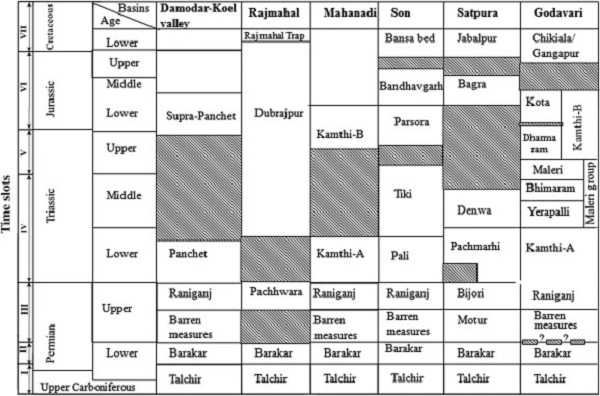
The Umaria Marine Beds overlies the Talchir Boulder Beds but passes upwards without any visible break into the overlying Barakar rocks. The fossil assemblage is suggestive of the Lower Permian age and warmer climate. In Rajasthan marine beds equivalent to Umaria Marine Beds are known as Bap Beds after Bap village near Jaisalmer.
Marine Gondwana Fossil Park, also called Lower Permian Marine bed at Manendragarh has been declared the National Geological Monuments of India by the Geological Survey of India (GSI), for their protection, maintenance, promotion, and enhancement of geotourism.
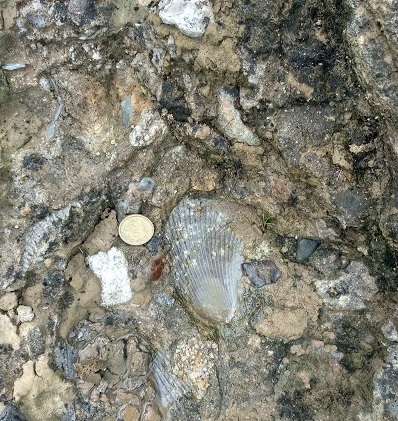
How to reach
The area is located on the right bank of Hasdeo River, near the railway bridge between milestone 937 and 938 of the Anuppur Chirmiri branch of Southeastern Railway and about 2.5 km southeast of Manendragarh railway station near Ammakherwa village. Park can be visited round the year except for the rainy season when the fossiliferous horizon is flooded by the Hasdeo river.
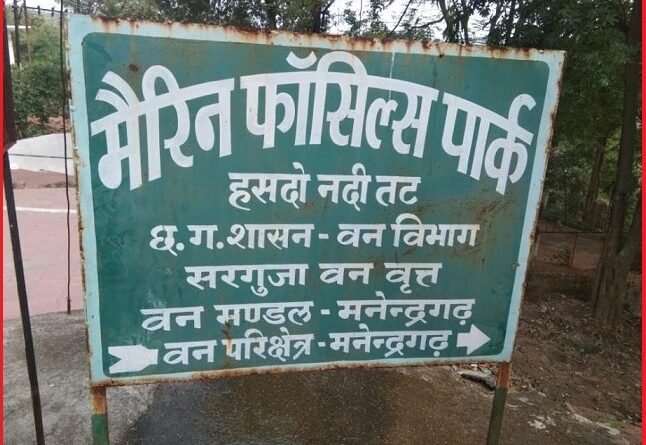
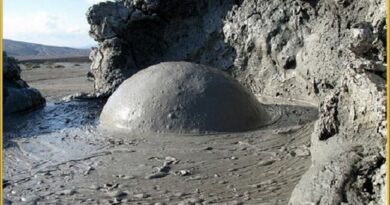

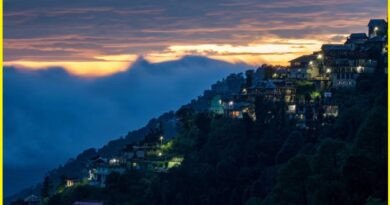
Pingback: Ghughwa National Fossils Park India that established the concept of 'Pangaea' - Geotourism